The Armenian Student Association at the University of Minnesota (ASA) aims to educate the student body about a genocide occurring in their home country through their events in hopes of encouraging thought and education on world issues that may not be getting much attention.
More than 13,000 ethnic Armenians crossed into Armenia from the Nagorno-Karabakh region on Sept. 26 after the government of Azerbaijan said they wanted ethnic Armenians to re-integrate as equal citizens, according to the BBC. The genocide has been affecting Armenia since 1915, during World War I.
Nagorno-Karabakh, located in western Azerbaijan, is dealing with ethnic cleansing, which is the expulsion or killing of members of one ethnic or religious group in an area by those of another group. The region is home to over 120,000 ethnic Armenians who have their own de facto government that is not recognized by Armenia or any other country, according to CNN.
This is the second conflict between the Nagorno-Karabakh region and Azerbaijan, with the first occurring from 1988-1994 and a second conflict in 2020 following a ceasefire that lasted 27 years, according to Encyclopedia Britannica.
Davit Azizian, the president and founder of ASA, said he started ASA to promote Armenian culture and participate in advocacy and humanitarian work related to the Armenian genocide.
“There are about 20 Armenian students here at the U,” Azizian said. “This is the first ASA on campus, there was no ASA before. I’m always telling everyone that we are creating something new that is going to be left after you.”
ASA consists of five board members who all met each other through various events. Stephan Azatian, treasurer of ASA, said he met Azizian through an international student event and was not expecting to meet other Armenian students.
“I was the checking person at the event where I met Stephan, and I was like, ‘Are you Armenian by chance?’ and he was like, ‘Yeah,’” Azizian said. “I found many people like that, by randomly seeing a name and asking if they are Armenian.”
When Armine Utas, social media manager for ASA, was applying for college, she prioritized the campus having an Armenian community. Her best friend’s older brother knew some Armenians on campus and she was put into a group chat, where she first met Azizian.
“We slowly started adding more and more Armenians, and that’s when we found out that there was a bigger Armenian community at the U,” Utas said.
Azizian said ASA has done events where they show documentaries about the Armenian genocide to the general student body and they utilize their social media presence to spread awareness about what is going on in their home country.
Utas said it is tiring to educate others on the genocide, as non-Armenians do not advocate for it, and being in America has made her feel helpless as she reflects on a genocide dating back to her ancestors.
“I remember when I first heard about the conflict re-starting in the region, even though it’s been ongoing, I just sat in silence at HSEC for 45 minutes contemplating everything,” Utas said. “You feel like you can’t do anything, like your voice isn’t heard.”
Azatian has relatives who live in Nagorno-Karabakh and said he has been feeling really nervous about what is unfolding in the region. His number one priority in ASA is spreading awareness about the Armenian genocide, after he said his non-Armenian friends know about the situation but only in passing, such as in class or on the news.
“I have a stronger sense of duty to explain the situation and make sure more and more people are informed,” Azatian said. “In my experience, people are interested, but there’s not enough resources unless you really dig deep to understand what’s going on there.”
Azizian’s firsthand experience witnessing the Nagorno-Karabakh conflict changed his perspective on how social media portrayed the genocide, as he was living in Armenia when the 2020 conflict started and was in the United States when fighting broke out on Sept. 26.
“It kind of helped me see a lot of things that are being missed, and I was looking at the issue from another angle, not just from Armenia,” Azizian said.
Watching the tensions unfold has made it difficult for Azizian to attend classes and do schoolwork, but he said his professors have been very helpful with extensions on assignments and exams.
“Fortunately, I have had really understandable professors that were like, ‘Oh, I’m sorry, what’s happening?’ They were like, ‘I can help you, just let me know how,” Azizian said.
Having an Armenian community helps ASA get through the challenges of watching the conflict unfold in their home country. The board continues to host awareness events and have discussions about the conflict in their weekly meetings, according to Azizian.
“We feel like we only have each other because we are a very tight-knit community,” Utas said. “After the genocide, I feel like you can create Little Armenias everywhere you go and I feel like that’s what we’re trying to do with ASA and I think that’s the beauty of Armenians.”





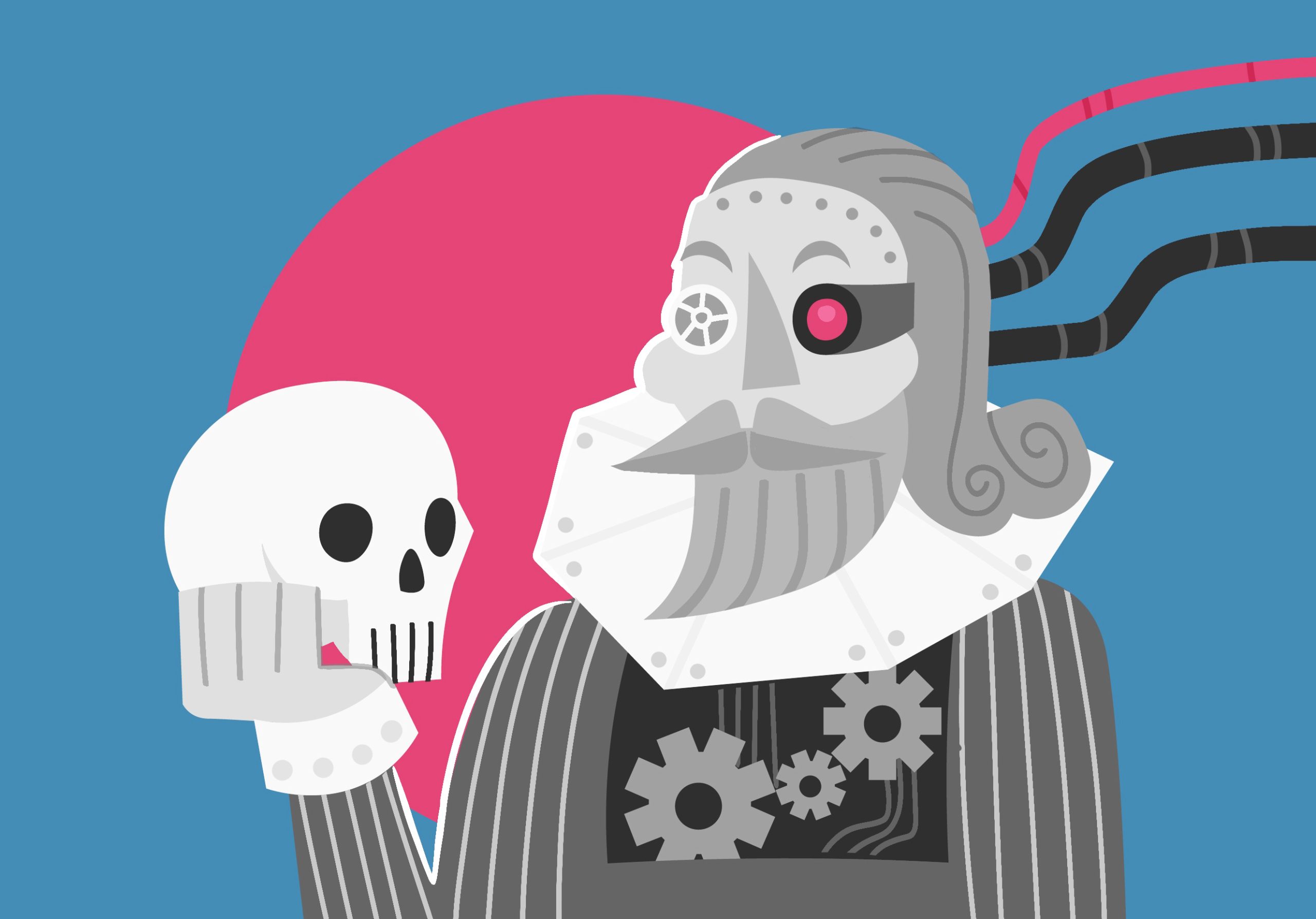


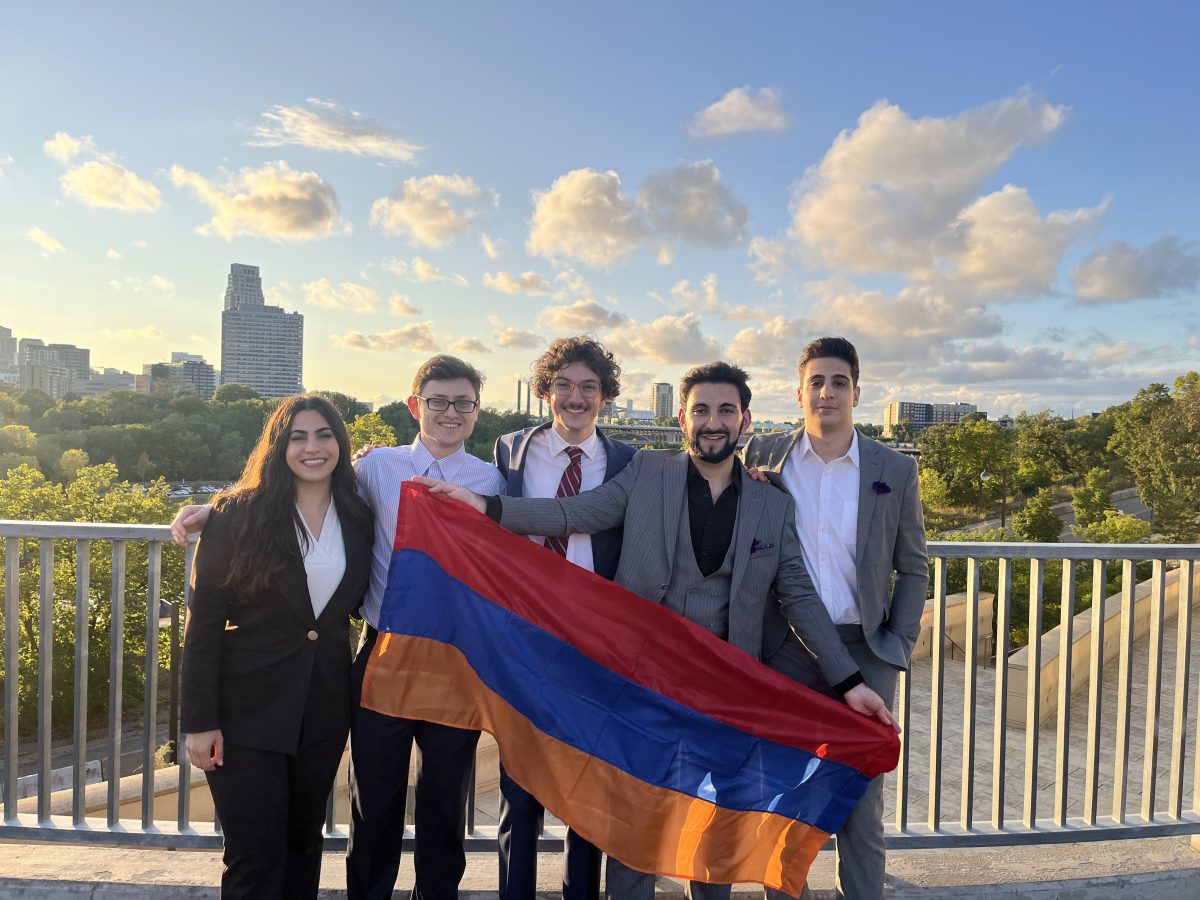
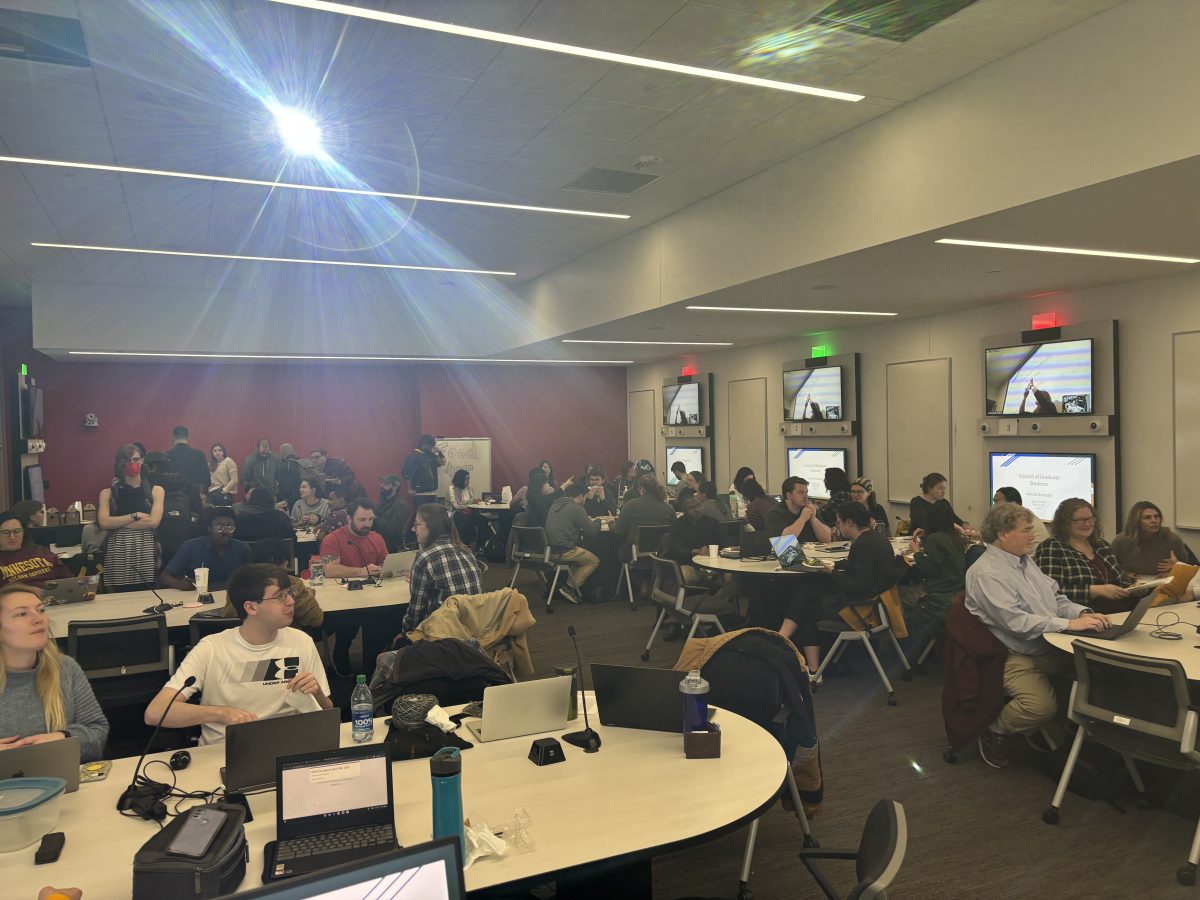
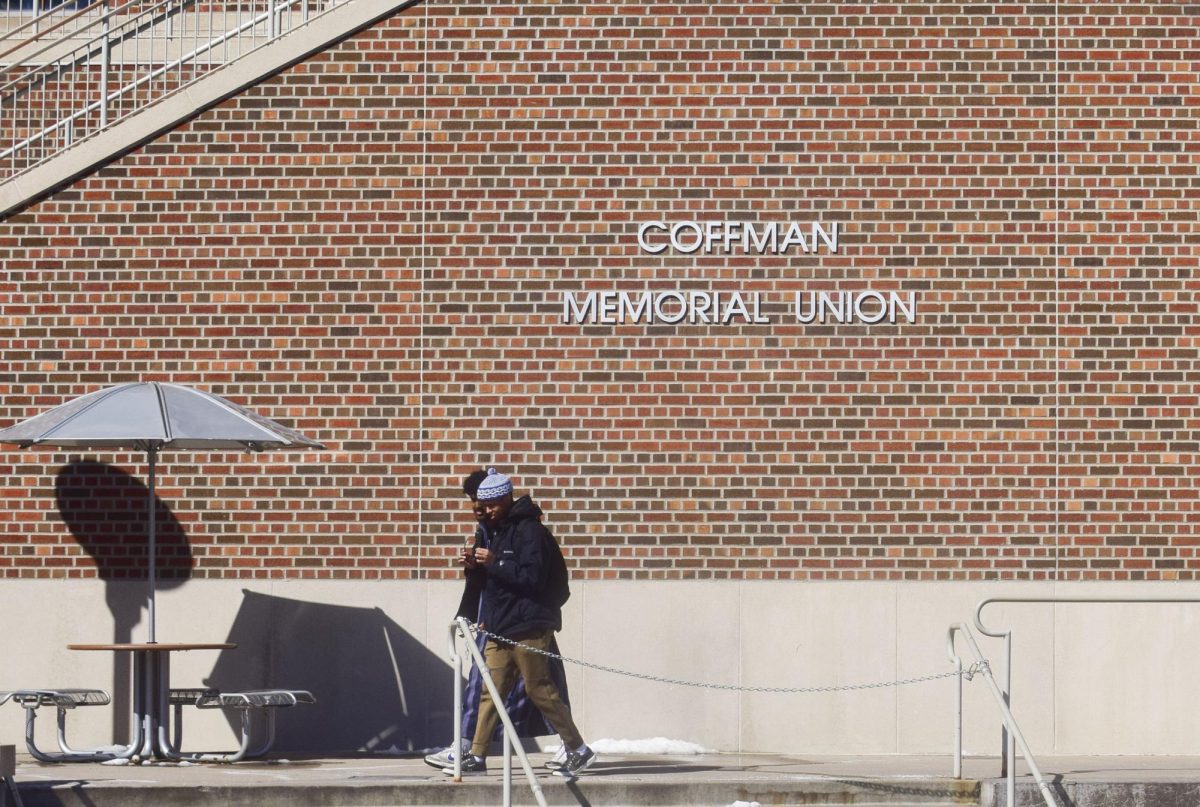

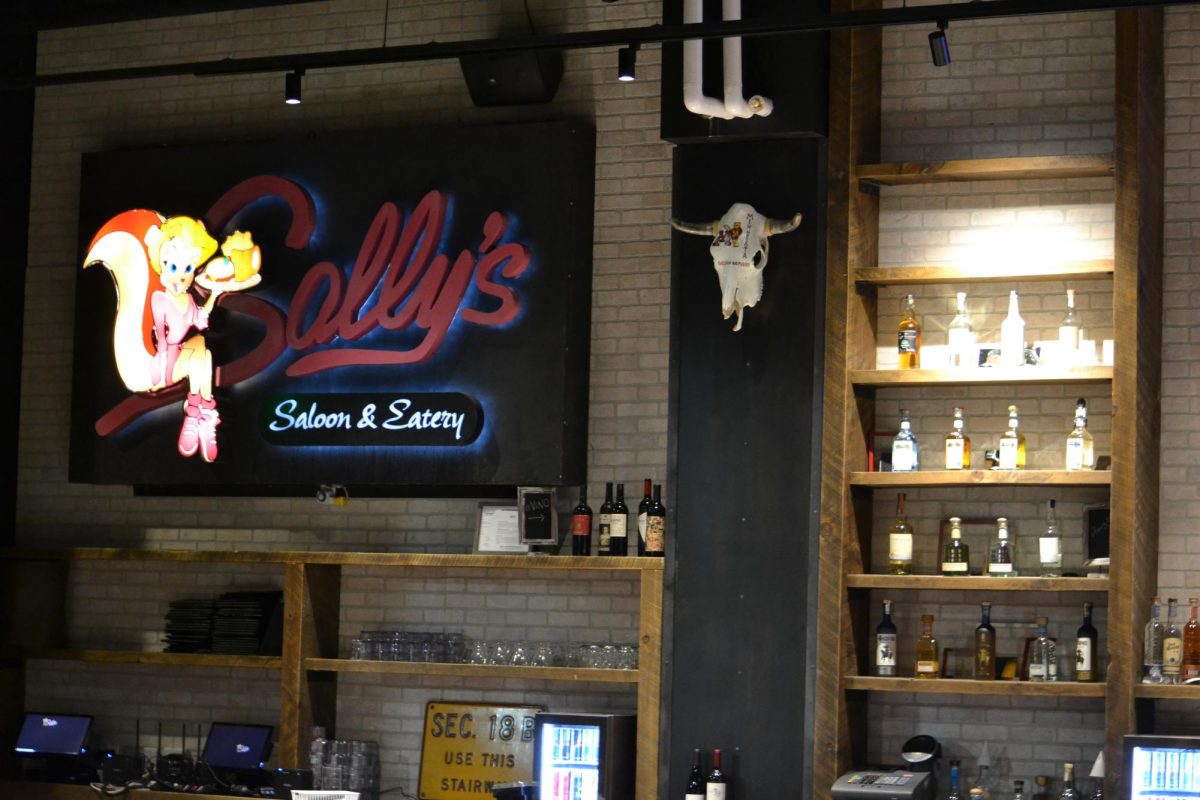

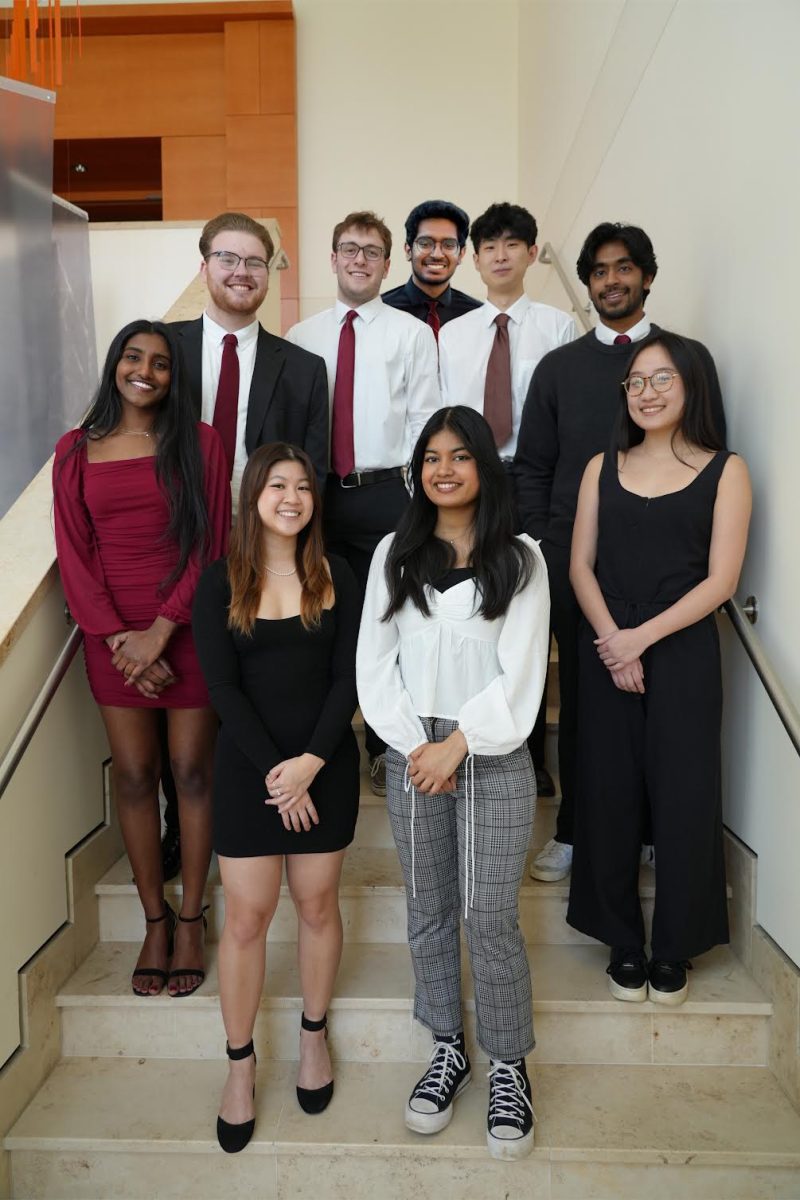



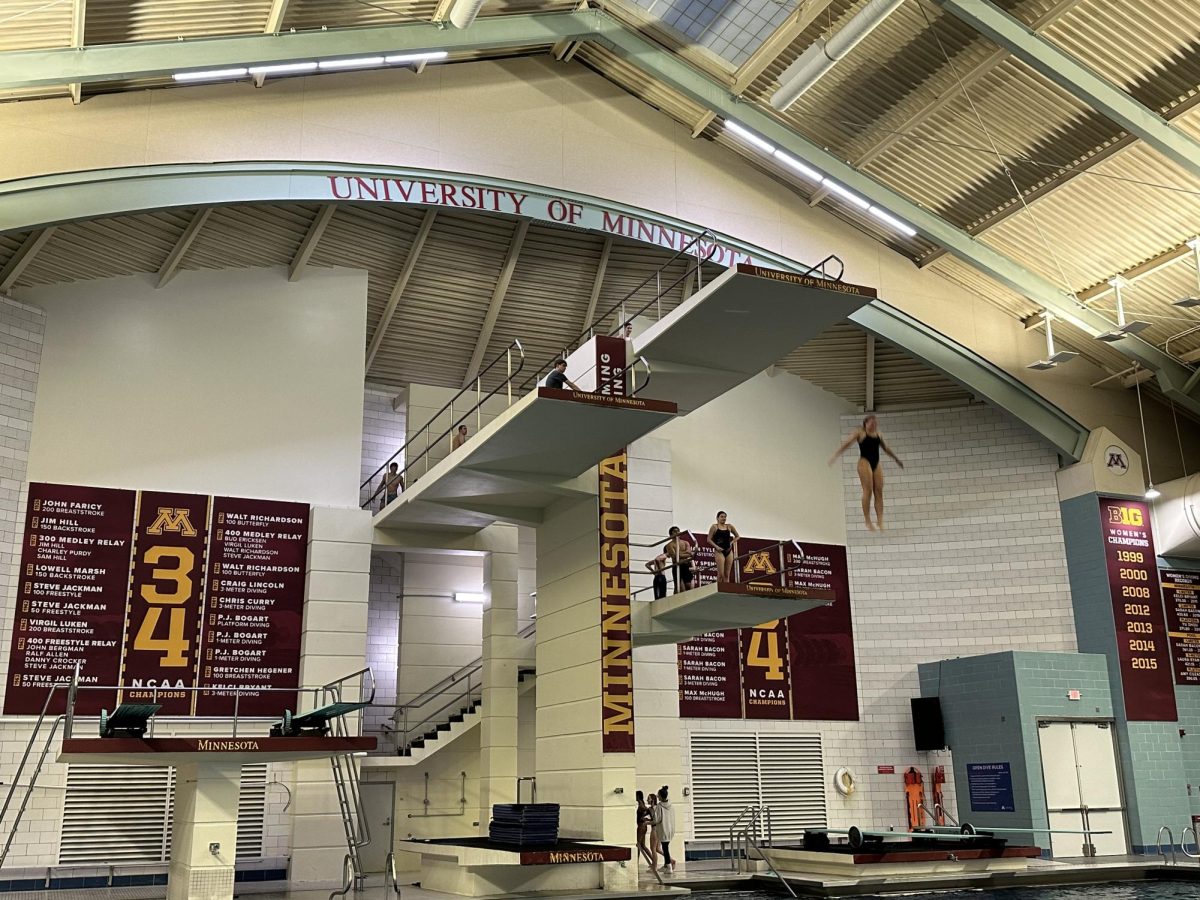

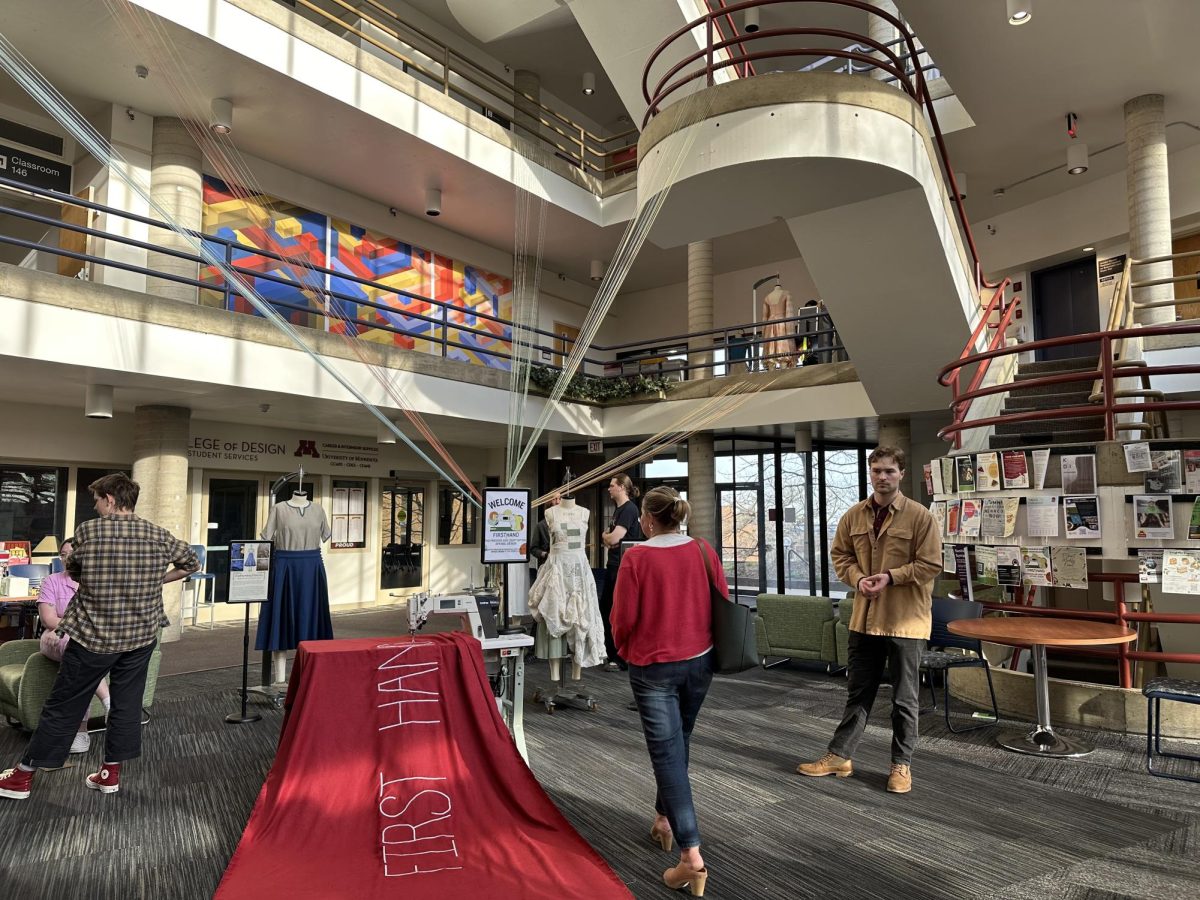

Kendal Sarafian
Nov 21, 2023 at 4:46 pm
I love how you all are making people aware of what is happening in Armenia. My grandparents escaped from the first genocide and ended up in America. I am the second generation that was born in America. I have a friend that told me about it.